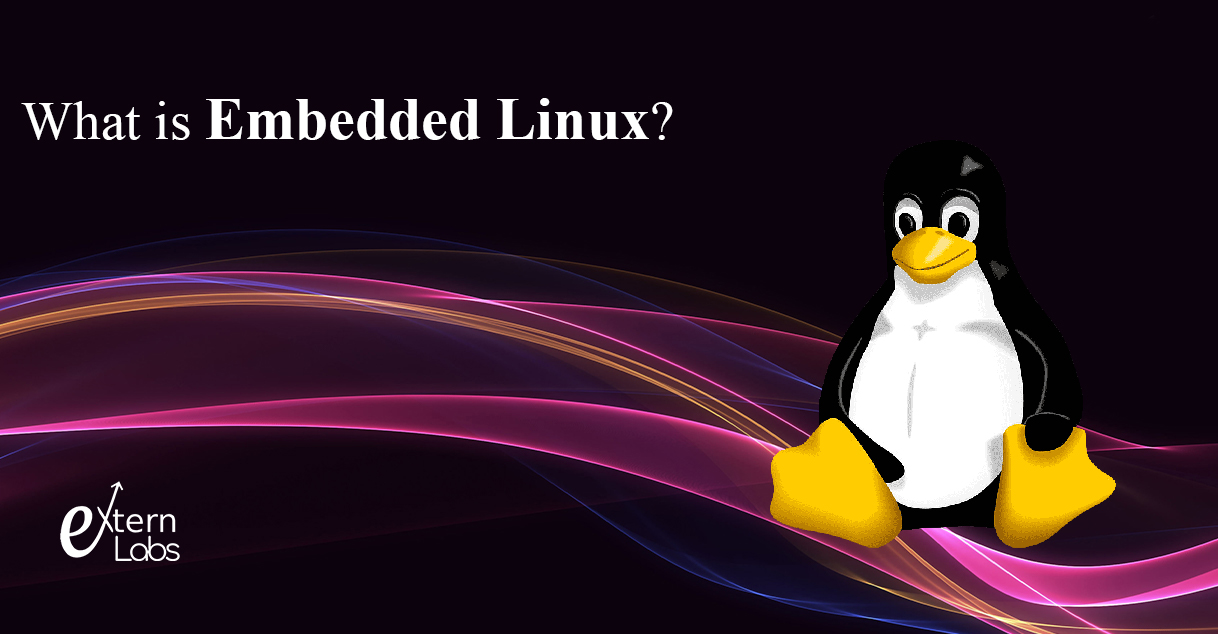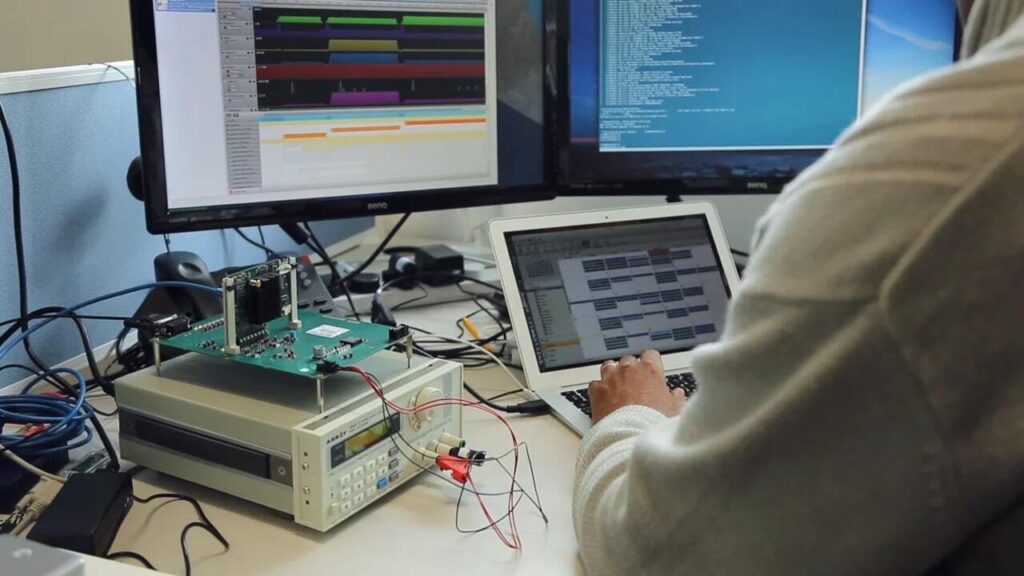Embedded Linux Distributions
Besides the Linux kernel, one of the advantage of embedded Linux is the ability to leverage hundreds if not thousands of existing free and open source packages to easily and quickly add new features to devices. These packages range from graphical libraries, multimedia libraries, network libraries, cryptographic libraries, network servers, infrastructure software and more. However, integrating all these components together requires a relatively deep knowledge of the components. Hence, embedded-specific distributions and build systems have been created to ease this process.
Vendor distros
- The Blackfin uClinux Distribution by Analog Devices — a fork of the uClinux distribution for Blackfin processors
- Embedded Alley — see http://www.embeddedalley.com/
- KaeilOS embedded linux
- Lineo Solutions uLinux
- MontaVista Linux — see http://www.mvista.com/products_services.php
- Pengutronix OSELAS.BSP() — see http://www.pengutronix.de/oselas/bsp/index_en.html
- RidgeRun Linux — see http://www.ridgerun.com/sdk.shtml
- TimeSys LinuxLink — see http://www.timesys.com/embedded-linux/linuxlink
- Wind River — see http://www.windriver.com/products/linux/
- Little Blue Linux — MPC Data
- Digi Embedded Linux for Digi’s ARM based modules
- Toradex Torizon — see https://www.toradex.com/operating-systems/torizon
Platforms
- Android
- Maemo (deprecated — see Meego)
- Meego
- Moblin (deprecated — see Meego)
- Access Linux Platform
- Robot Operation System (ROS)
- See this introductory article on ROS
Other distros
- Snapgear Embedded Linux Distribution — http://www.snapgear.org/
- Open Wrt — http://openwrt.org/
- Embedded Debian — http://www.emdebian.org/
- Emdebian has made some significant progress the last few years, and has now reached an usable state. Two versions of Emdebian are available : Emdebian Grip and Emdebian Crush.
- Neil Williams gave a talk Emdebian 1.0 release, small and super small Debian at the FOSDEM 2009. A video is available.
- GeeXboX is an embedded multimedia distribution that turns your device into a full-featured MediaCenter.
Special purpose embedded Linux distributions
- Flash Linux — a distribution specifically for USB keys and Live CDs
- Eagle Linux — http://www.safedesksolutions.com/eaglelinux/
- An embedded Linux distribution aimed at helping users learn Linux by creating bootable Linux images «virtually from scratch». Eagle Linux 2.3 is currently distributed as a concise, 26-page PDF documenting the creation of a minimalist, network-ready Linux image for bootable CDs, floppies, or flash drives. See description at: http://ct.enews.deviceforge.com/rd/cts?d=207-106-2-28-5560-8662-0-0-0-1
Configuration and Build systems
Obsolete things
Further reading
- Embedded OS mentions a variety of embedded operating systems, including embedded Linux.
- Tools and distributions for embedded Linux development — LWN.net 2010/04/27 by Tom Parkin
- This is an excellent roundup of current (as of 2010) tools and distributions available for embedded Linux development (that’s redundant).
What is Embedded Linux?
Embedded Linux is an operating system or kernel that build on a Linux system and is designed for embedded devices and systems. Linux systems are compact that work effectively with embedded systems and components.
First, Let’s know what embedded systems are.
What is Embedded System? Embedded Linux?
Embedded System is a semiconductor microprocessor-based hardware computer system with integrated software invented to perform a specific function as an independent or extensive system. The core in embedded systems is an integrated circuit made to carry forward computation processes and operations in real-time.
Embedded Systems can be effortless, from single microcontrollers to complex connected peripherals, From no UI to materialistic graphical UI. They can be built according to their tasks, from singular to any intense complicity. Their Application ranged from watches to hybrid vehicles.
We can divide Embedded Systems according to their performance, functions, requirements, and internal components. With these details, they can be divided into distinct categories and further subcategories.
Here We will divide embedded systems upon their programs, design, performance, and functions.
- Real-time embedded systems
- Standalone embedded systems
- Network embedded systems
- Mobile embedded systems
We can also classify embedded systems according to their internal components and micro-controllers into three types:
- Small-scale embedded systems
- Medium-scale embedded systems
- Sophisticated embedded systems
For more about embedded systems, you can check our previous articles. Here we will discuss embedded Linux.
Embedded Linux
Linux is like any other operating system, including Windows, iOS, or Android; Linux can include graphical UIs, fully functional desktop apps like other operating systems. You might not know, but Linux is the second choice right after Windows for desktop pcs.
Linux is way more valuable than an operating system because of its open-source availability. Source codes of Linux and other components are available online and free to use; Anyone can freely view them and make adjustments to the codes to use in their ways.
We can explain it as a Linux operating system or kernel designed for embedded systems and devices. They use the same kernel, but it can differ from other regular operating systems. Linux can be efficiently designed for any sized embedded system minimal than others, thus taking less processing power and energy with all necessary features and functionalities.
You might know or not, but you are already using Linux in one way or another. Linux is being used in many types of devices as software. Let’s take a general example; the Android OS from Google Inc. is based on Linux and is a kind of Embedded system designed for mobile devices. Smart TV, iPads, car navigation systems are other general examples. Some examples of small size embedded Linux systems
- ETLinux: A complete Linux distribution designed to run on small industrial computers.
- LEM: A small (
- LOAF: “Linux On A Floppy” distribution that runs on 386s.
- uClinux: Linux for systems without MMUs.
- uLinux: Tiny Linux distribution that runs on 386s.
- ThinLinux: Primarily for camera servers, X-10 controllers, MP3 players
Embedded Linux Development on Windows
As we saw, Linux is almost everywhere, even in Microsoft’s Windows as components for WSl. But the best use of Linux is Google’s Android.
Development of Linux is mainly done with Linux’s own host. However, embedded Linux development can be done with the Linux host’s PC version with built-in libraries and tools, making it ideal for designing and developing embedded system products. Windows users only need a virtual environment host; we can install Ubuntu or other Linux OS in a virtual environment and build embedded system software products.
Microsoft also offers its own Linux development environment named WSL or Windows Sub-System for Linux that comes with windows 10 inbuilt. WSL opens developers to a Linux compatible kernel interface.
Advantages
As you read in this article, Linux is being used in many different places, and embedded Linux is a part of every other electronic we use; Which proves that they have something great to offer. They are compact than other operating systems and provide the same functionalities and requirements for embedded components. Some common advantages are-
- Free to Use
- Open Source
- Low development cost and time
- Wider support for development
- Highly Flexible & Customizable
In Addition, Most Developers use Linux for their regular uses that making it familiar to work with.
The Embedded system industry is foreseen to grow swiftly and driven by potential tech developments include virtual reality, augmented reality, artificial intelligence, deep learning, machine learning, and IoT. Embedded Linux will be the main component of these upcoming technologies to make them more efficient and accurate. We already are using embedded systems with Linux and the future is ready for more.



